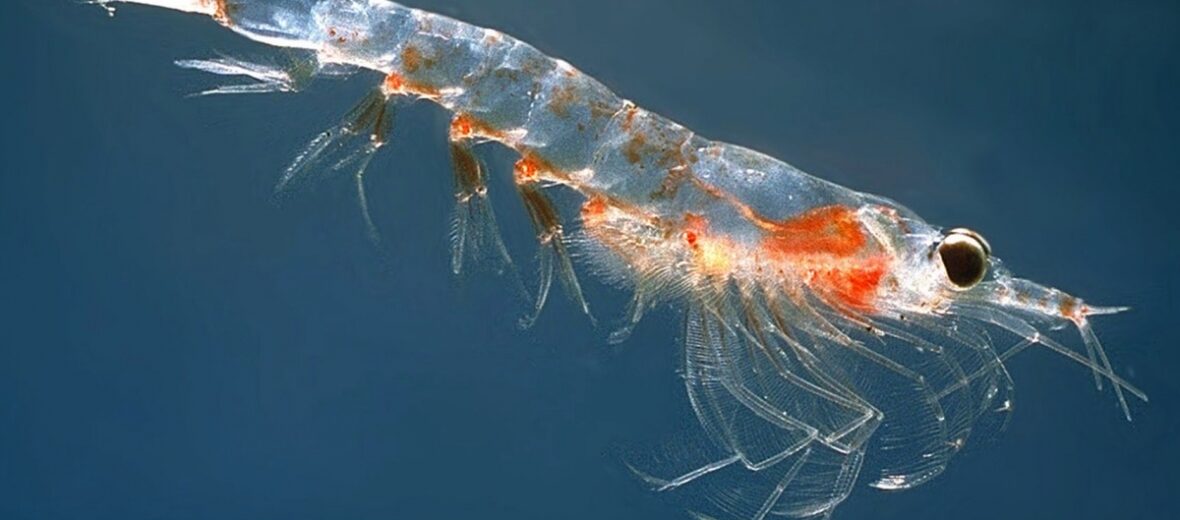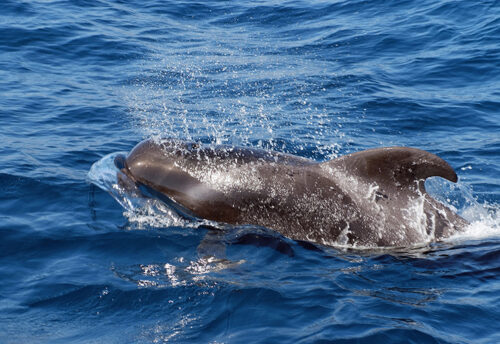
Found in all the world’s oceans and especially abundant in Antarctica’s surrounding waters it’s krill. These tiny critters are only the size of your pinky finger but are found in such great masses around Antarctica that they can be seen from space. They are recognized as a keystone species as they provide a food source for so many other animals. If krill were to disappear so would many marine organisms. Euphasia superba have the largest biomass of any species on the planet! It is presumed that there is approximately 379 million tons of Antarctic krill. This is more than the entire mass of all humans on the planet!
First the Stats…
Scientific name: Euphausiacea
Weight: Up to 0.071 ounce
Length: Up to 2+ inches
Lifespan: Up to 10 years
Now on to the Facts!
1.) They primarily eat phytoplankton (microscopic suspended plants) and zooplankton (microscopic marine animals) but will sometimes resort to cannibalism.
2.) These critters are hunted by many, including: fish, seabirds, penguins, seals, and whales.
3.) There are approximately 85 known species of these small critters.
4.) Till 1990 the Soviet army was fed primarily on krill, due to their amazing nutritional factors.
5.) They can shrink if they don’t get enough food.
But wait, there’s more on krill!
6.) Farmed salmon are often fed processed krill as their main dietary staple.
7.) Females lay up to 10,000 eggs up to 2 times a season.
Did you know…?
Krill can produce bioluminescence. This is thought to be used to find a mate in the dark waters.
8.) Hatching from eggs, they progress through numerous larval stages before finally reaching their adult phase.
Now a Short Krill Video!
Also, check out the Critter Science YouTube channel. Videos added frequently!
Want to suggest a critter for me to write about? Let me know here.



